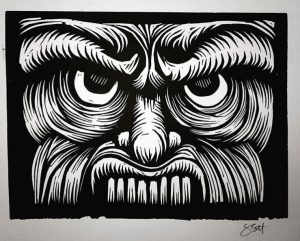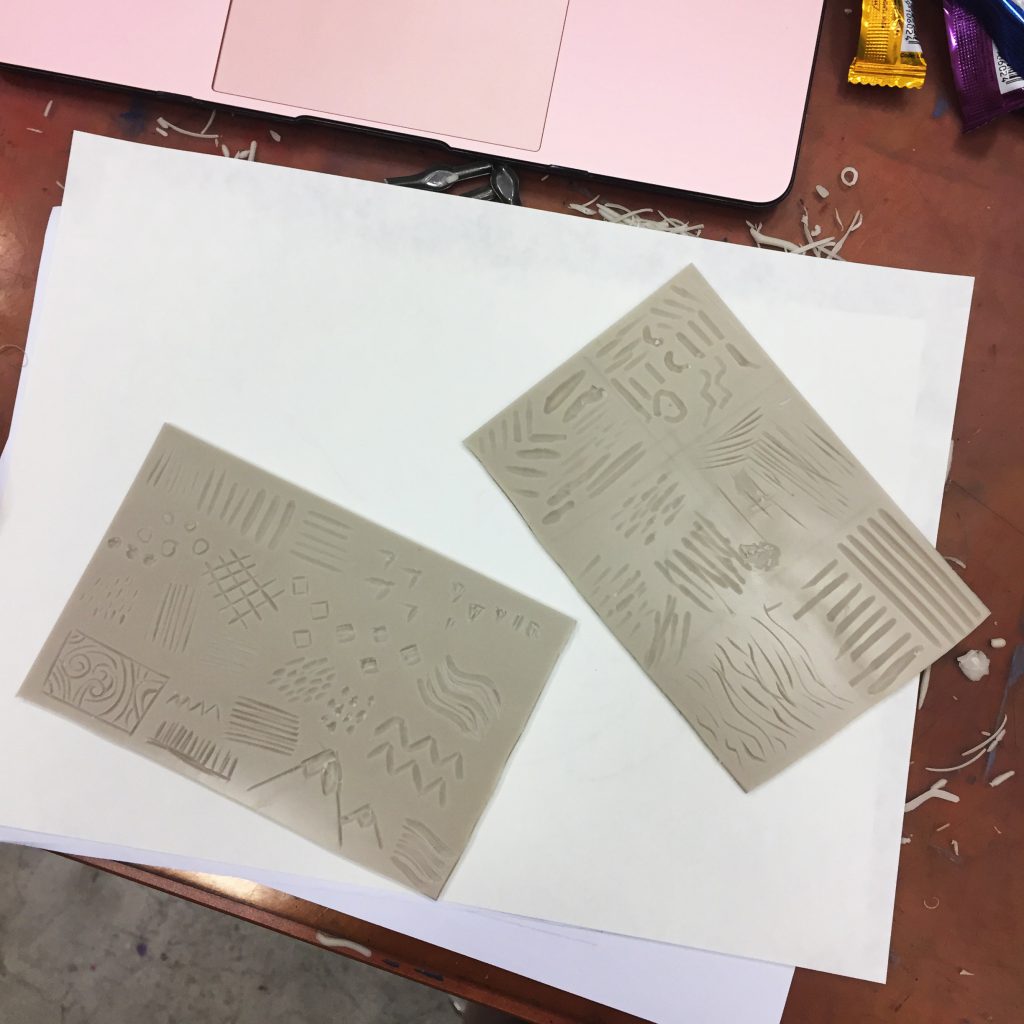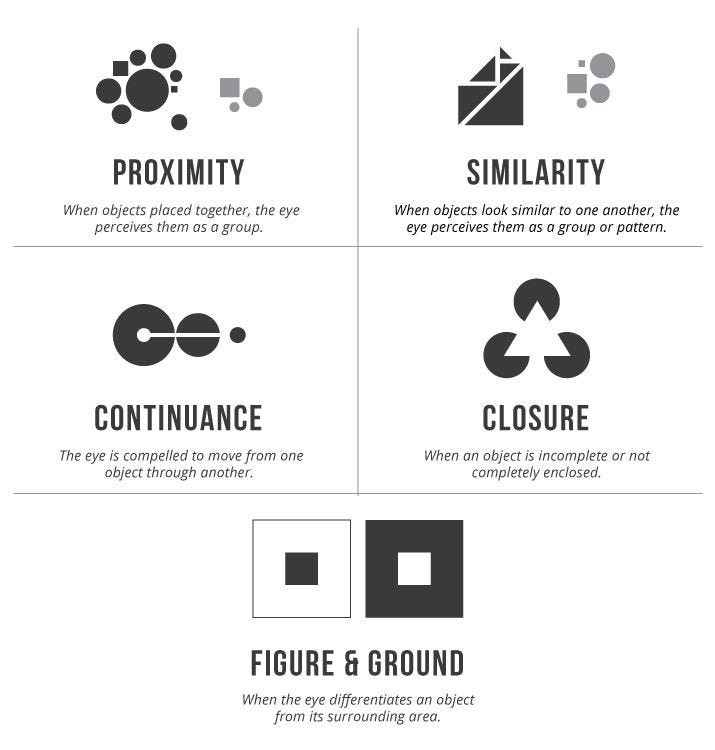Title: The woman of art
I’ve always found Geisha to be a mysterious woman who lives her life to entertain men with performances and songs. There is a saying that geisha live in a separate world called the flower and willow world where courtesans were known as the flower and geisha as the willow due to their fineness, strength and grace.
Geisha are donned with a set of beautiful kimono, full face of make up, entertaining various clients, some even of high status quo, with their elegant and graceful performances. However, behind all the beauty, geisha had to attend various classes in the day, work long hours at night and attending an average of 10 parties per night. In the past, some geisha also have sad lives where their parents sell them off to be a geisha. And yet, they leave their exhaustion behind them, as they serve and perform elegantly.
The history of geisha never fail to inspire me to appreciate life. Everyone live their lives differently. I shouldn’t judge a person base on his/her cover as we never know what is going on behind that beautiful mask he/she is wearing.


Difficulties faced throughout Project 2
I guess the hardest part of this assignment was carving. I am a left handed person, but I only use my left hand to write and does everything else with my right hand. This mean that although my left hand can draw and follow pattern of the image I traced on the linoleum accurately, it does not have good control/strength over holding a tool. (I hold my chopsticks with my right hand). So while carving, there were many times that I lost control and end up slicing more linoleum than I should. And the effect of this was irreversible. Having a little bit of OCD, it hurts my eyes to see the mistake on my linoleum pad.
Another problem was with the inking. As most of my classmates prefer to hand-stamp onto the block printing paper, I had to use the machine. This is because no matter how hard I ink my linoleum pad to the paper, it was very uneven. The machine was great, but took a bit of adjusting before it could press down a nice pattern.
The ink also dry up rather quickly, and if I put another layer of paint onto the half-dried ink, it gets tacky and have some bumpy residue. Then I had to wash my linoleum pad and wait for it to fully dry before inking it again. (If it doesn’t fully dry, it will leave like a “glow” around the lines which was not pretty).
My takeaway
I like how I’m beginning to see design principles in the real world. And how things start to make sense to me. I now know the trick to taking nicer photos and also using the power of cropping which can totally transform the dimension of an image.
I learn to have patience in this assignment. We can only see the outcome of our work at the end of the day, when we finish printing it onto the block printing paper. As the process from drawing to carving would take very long, whenever I made mistake, I learnt to embrace the error instead of dreading the final outcome. The imperfections I made represents me. If I kept redo-ing my work until it is perfect with no flaws, it wouldn’t reflect the beauty of a handmade print.











